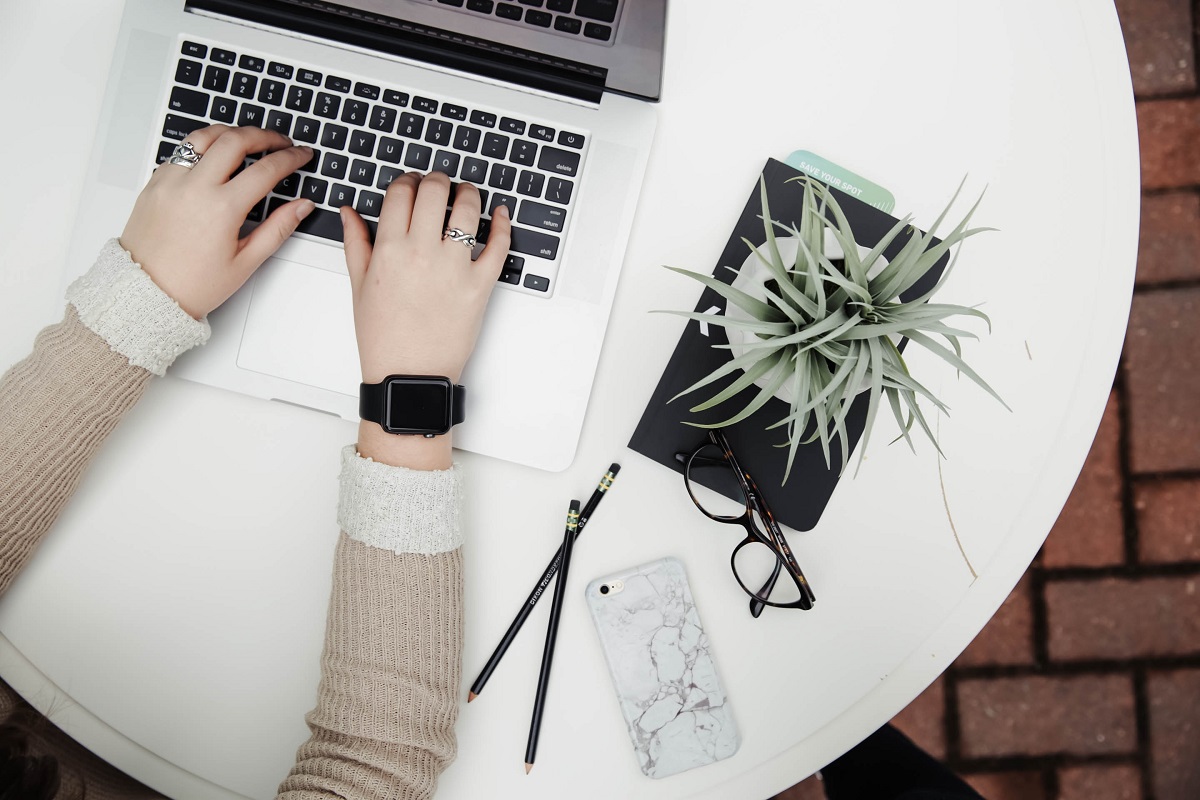Are you worried about someone snooping and want to know how to lock messages on Macbook?
Fortunately, there are ways to lock your messages to prevent unauthorized access.
By setting up a lock message, you can keep your conversations safe and secure.
One way to lock messages on your MacBook is to use the built-in lock feature in the Messages app.
This feature allows you to block specific contacts or phone numbers from sending you messages.
Additionally, you can use third-party apps to password-protect your Messages app or other apps on your MacBook.
Another option is to use the System Preferences on your MacBook to set up a lock screen.
This will require a password or Touch ID to unlock your MacBook, which can prevent unauthorized access to your messages and other personal data.
By taking these simple steps, you can ensure that your private messages and personal information remain secure and protected on your MacBook.
Table of Contents
ToggleHow To Lock Messages On MacBook
If you want to keep your messages secure on your MacBook, you can easily lock them with a password or by using Screen Time.
Here are two simple methods to lock your messages.
Using Screen Time
Screen Time is a built-in feature on your MacBook that allows you to set limits on app usage and restrict access to certain apps.
Here’s how you can use Screen Time to lock your messages:
- Click on the Apple icon on the top left corner of your screen and select “System Preferences.”
- Click on “Screen Time” and then click on “App Limits” in the sidebar.
- Click on the “+” button and select “Messages” from the list of apps.
- Set a time limit for Messages and click on “Add.”
Now, whenever you try to access Messages after the time limit has expired, you will be prompted to enter your Screen Time passcode.
Setting Up A Password
Another way to lock your messages is by setting up a password. Here’s how you can do it:

- Open the Messages app on your MacBook.
- Click on “Messages” in the menu bar and select “Preferences.”
- Click on the “Accounts” tab and select your iMessage account.
- Click on the “Security” tab and check the box next to “Require password.”
- Enter a password and click on “OK.”
Now, whenever you try to access Messages, you will be prompted to enter your password.
By using either of these methods, you can keep your messages safe and secure on your MacBook.
Advanced Tips For Secure Messaging
If you want to take your messaging security to the next level, there are some advanced tips you can follow.
In this section, we’ll cover two-factor authentication and encrypted messaging apps.
Enabling Two-Factor Authentication
Two-factor authentication is an extra layer of security that requires you to enter a code in addition to your password when logging in to your account.
This code is usually sent to your phone via text message or generated by an authenticator app.
Enabling two-factor authentication can prevent unauthorized access to your messaging accounts, even if someone manages to guess your password.
To enable two-factor authentication on your MacBook, follow these steps:
- Go to System Preferences and click on “Security & Privacy.”
- Click on the “General” tab and make sure that “Require password” is set to immediately.
- Click on the “Privacy” tab and make sure that “Location Services” is turned off for any messaging apps that don’t need it.
- Click on the “Advanced” button and make sure that “Log out after” is set to a short amount of time, like 5 minutes.
Using Encrypted Messaging Apps
Encrypted messaging apps use end-to-end encryption to protect your messages from being intercepted or read by anyone other than the intended recipient.
Some popular encrypted messaging apps include Signal, WhatsApp, and Telegram.
When using an encrypted messaging app, make sure that you verify the identity of the person you’re communicating with to prevent man-in-the-middle attacks.
You can do this by comparing the security code or fingerprint displayed in the app with the one that your contact tells you.
Additionally, be aware that some encrypted messaging apps may collect metadata about your conversations, such as who you’re talking to and when.
If you’re concerned about this, you may want to use a messaging app that doesn’t collect metadata, like Signal.
By following these advanced tips, you can further enhance the security of your messaging on your MacBook.
Troubleshooting Common Issues
If you are having trouble locking your Messages app on your MacBook, don’t worry.
Here are some solutions that may help you fix the problem.
Resetting Your Password
If you forgot your password, you can reset it by following these steps:

- Click on the Apple menu and select “System Preferences.”
- Click on “Users & Groups.”
- Click on the lock icon and enter your administrator password.
- Click on “Reset Password.”
- Follow the prompts to create a new password.
Dealing With Sync Issues
If you are having issues with syncing your Messages app across your devices, here are some things you can try:
- Make sure that you are signed in to the same iCloud account on all your devices.
- Check your internet connection. If you have a poor connection, it may affect syncing.
- Restart your devices. Sometimes a simple restart can fix syncing issues.
- Check your settings. Make sure that you have enabled Messages in your iCloud settings on all your devices.
If none of these solutions work, you may need to contact Apple Support for further assistance.
Key Takeaways
Locking your messages on a MacBook can help keep your private conversations safe and secure.
Here are some key takeaways from this guide:
- There are several methods for locking messages on your MacBook, including using a password, Touch ID, or a third-party app.
- To lock your messages using a password, you can use the built-in Notes app on your MacBook.
- If you have a MacBook with Touch ID, you can use it to lock your messages using the Notes app or a third-party app like Signal.
- Using a third-party app like Signal can provide additional security features like end-to-end encryption and self-destructing messages.
- It’s important to keep your MacBook and all of your apps up to date to ensure that you have the latest security features and bug fixes.
- Always use strong and unique passwords or passphrases to protect your accounts and apps.
- Enable two-factor authentication whenever possible to add an extra layer of security to your accounts.
- Avoid sharing sensitive information over public Wi-Fi networks or unsecured websites.
- Be cautious when clicking on links or downloading attachments from unknown sources, as they may contain malware or phishing scams.
By following these tips and best practices, you can help keep your messages and personal information safe and secure on your MacBook.











